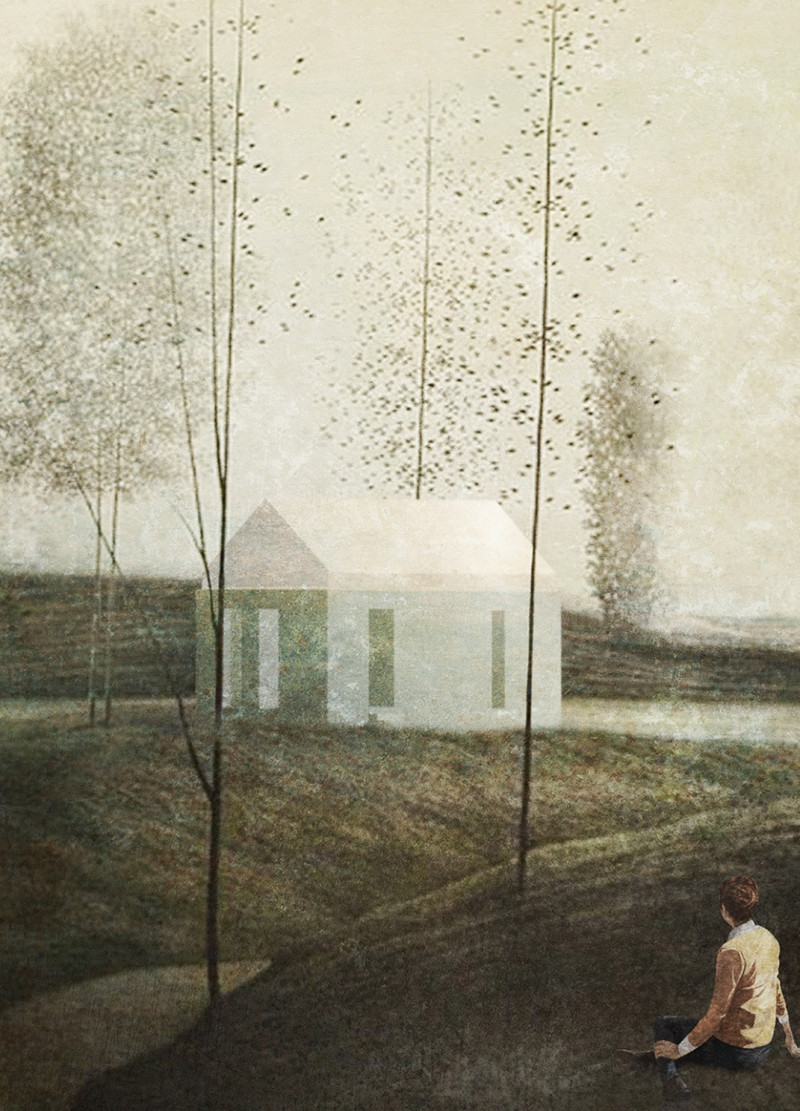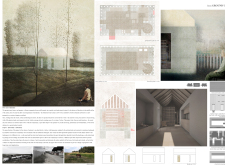5 key facts about this project
The design engages with a Roma community in rural Romania, situated in an area rich with history. Its roots trace back to the mid-19th century with the Falanster from Scaieni, a social experiment led by Teodor Diamant. This context directly influences the project’s aim to meet current housing needs while encouraging communal living. It focuses on key themes such as home, dignity, and social interaction, which are central to the community's identity.
Spatial Organization
Effective spatial organization is a primary focus. The layout creates a blend of private and shared areas, allowing for families to have their own spaces while still fostering community interaction. This arrangement highlights the importance of both individual privacy and collective gatherings. It reflects an understanding of how community members live together and support one another.
Architectural Features
Key architectural features include niches integrated into the building's design. These not only provide interesting spatial experiences but also allow for adaptability to the varied needs of families. The hollow volumes contribute to this flexibility, enabling the spaces to change in response to the residents' needs over time. This adaptability promotes a sense of belonging within the community.
Materiality and Craftsmanship
Sun-dried bricks, known as adobe, play an important role in the structure. These bricks are made by community members who utilize traditional methods to create them. This choice of material highlights a respect for cultural heritage and emphasizes sustainability. The inclusion of a wooden frame with the adobe provides necessary support while contributing to a cohesive visual identity within the project.
Contextual Integration
The design creates a connection between the building and the surrounding landscape. Interior spaces focus outward, featuring openings that frame views of nature and invite natural light inside. This relationship with the landscape enhances the experience of daily life for residents by integrating their homes with the environment.
Through the interaction between architectural elements and the community's needs, the project establishes a strong sense of place. It reflects cultural values and encourages sustainable living while supporting the identities of the residents within the rural Romanian context.


















































